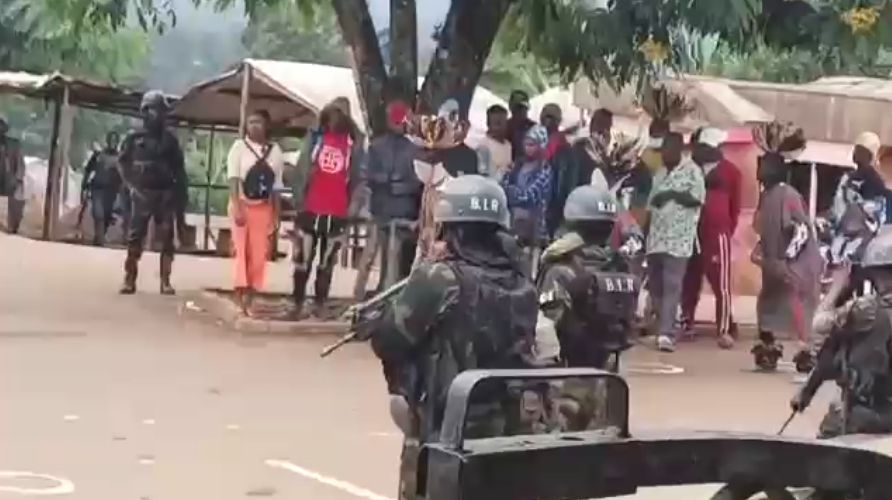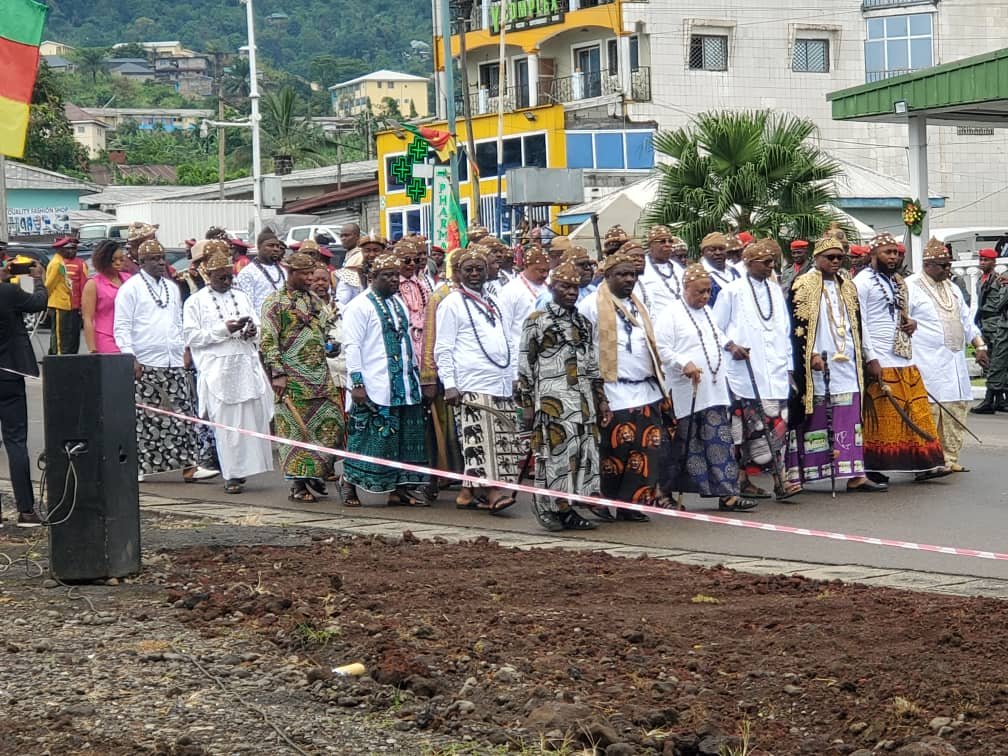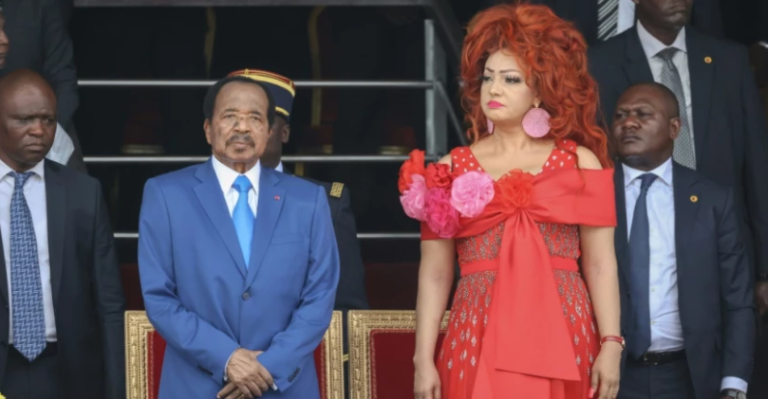As the Republic of Cameroon rolled out its military arsenal and state propaganda machinery to mark its so-called “National Day” on May 20, an entirely different picture unfolded in the territory known as Ambazonia—once the British Southern Cameroons. While Yaoundé, Douala, and other Francophone cities were engulfed in festive colors, parades, and political pageantry, the streets of Buea and Bamenda remained largely deserted. It was not apathy. It was active defiance.
For the people of Ambazonia, May 20 has long symbolized betrayal—a day when, in 1972, their separate federal status was abolished through what many deem an illegitimate and one-sided referendum orchestrated by then-President Ahmadou Ahidjo. What Cameroon hails as a “Day of Unity,” Ambazonians mourn as the death of their sovereignty and the beginning of cultural and political erasure.
This year, like in the past nine years of the armed conflict, Ambazonians responded with a shutdown. Shops were closed. Schools remained empty. Entire neighborhoods were eerily quiet. No fanfare, no dancing, and, most strikingly, no schoolchildren on ceremonial grounds—an element that has long served as the crown jewel of May 20 festivities in the past.

Instead, in towns and cities such as Bambili, Ekona, Victoria, and Buea, reports filtered out of civilians and students being rounded up in military trucks, in what the French-speaking Cameroonian calls Kale Kale, and forced to participate in rehearsed displays of allegiance. In Buea, sources report that even prisoners were taken from the central prison, dressed in uniform, and marched before cameras as if they were volunteers. What was staged as public support was, in truth, coerced theatre.
Perhaps the most disturbing and historically unprecedented move came in the bribery of local chiefs. In Victoria (Limbe) and Buea, traditional rulers—custodians of culture and community—were reportedly induced with monetary compensation to march in favor of the Cameroonian state. It is the first time in the history of May 20 that such acts were witnessed, and they have been roundly condemned by Ambazonians worldwide as acts of betrayal and cultural desecration.
These were not mere lapses in judgment. They were signs of desperation from a government increasingly unable to generate organic support in a territory it claims as part of its sovereign territory. The absence of voluntary civilian participation laid bare a truth the regime in Yaoundé can no longer deny: Ambazonians are not Cameroonians—not by choice, not in spirit, and not in allegiance.
While the streets of Francophone cities like Yaoundé and Douala roared with parades, school songs, and military fanfare, Ambazonia remained under a state of passive siege—its people grounded by their own volition. This was not an accidental contrast. It was a deliberate, coordinated message of disavowal from a people who refuse to lend legitimacy to a system that has for decades denied them self-rule, equal treatment, and basic human dignity.

It was also a symbolic showcase of the de facto division of the country. Cameroon is no longer a cohesive nation-state in practice, even if it tries to preserve that image before the world. The stark divergence in how May 20 was observed across the two Cameroons is the clearest evidence yet of a fractured nation and a failed union.
In Washington, D.C., the defiance took an international dimension. Ambazonians in the diaspora rallied before the U.S. State Department, bearing signs, banners, and voices of conviction. Their message was clear and urgent: Ambazonia is not a part of Cameroon.


In an encouraging gesture of recognition, officials from the U.S. State Department came out to listen to the rallying Ambazonians. That alone sends a message that the world, even if slowly, is starting to recognize the weight of this unresolved conflict. The rally was not only a demonstration of international lobbying, but also a reinforcement of the message being sent back home: Ambazonia is united in its quest for freedom—within its borders and across the diaspora.
Nine years into the war that began in 2016 following peaceful protests that were brutally crushed, the Biya regime still clings to the illusion that the conflict is nearing its end. The state-controlled narrative insists that “normalcy” is returning to the English-speaking regions. But this year’s May 20 celebration tells a different story—a story of continued, even growing resistance.

The truth is this: a people who can stay grounded for nine years, despite massive military occupation, human rights violations, economic suffocation, and diplomatic neglect, are not near surrender. If anything, their resolve has deepened. Cameroon can deploy its soldiers, coerce its chiefs, and parade its prisoners, but it cannot extinguish a movement whose fire is stoked by the unrelenting desire for freedom and dignity.
What the regime should learn—but refuses to acknowledge—is that force may win temporary compliance, but it will never secure loyalty. The passive resistance demonstrated this May 20th is far more potent than any armed skirmish. It shows that the people of Ambazonia understand the power of nonviolent disobedience and civil resistance in a globalized age.
The question must now be asked—how long will the international community continue to buy into the illusion of Cameroonian unity? How long will global institutions turn a blind eye to the daily violations, the collective punishment of communities, the kidnapping of students, the bribery of traditional leaders, and the suppression of political expression?
May 20, as observed in 2025, was not a national celebration. It was a divided display—a tale of two countries headed in fundamentally different directions. Cameroon celebrated the fiction of unity, while Ambazonia proved the reality of rupture.
Ambazonia’s rejection of May 20 was not merely a boycott. It was a referendum. A referendum on a failed union, a brutal occupation, and a future that must be reclaimed. It was a loud and collective answer to the question the world keeps asking: Are the people of Southern Cameroons still determined?
The answer, written across empty streets, echoed in silent schools, and chanted before the U.S. State Department, is a resounding yes. Ambazonians are still standing. Still resisting. Still demanding what is rightfully theirs.
Cameroon can throw its parades. Ambazonia is writing history.

